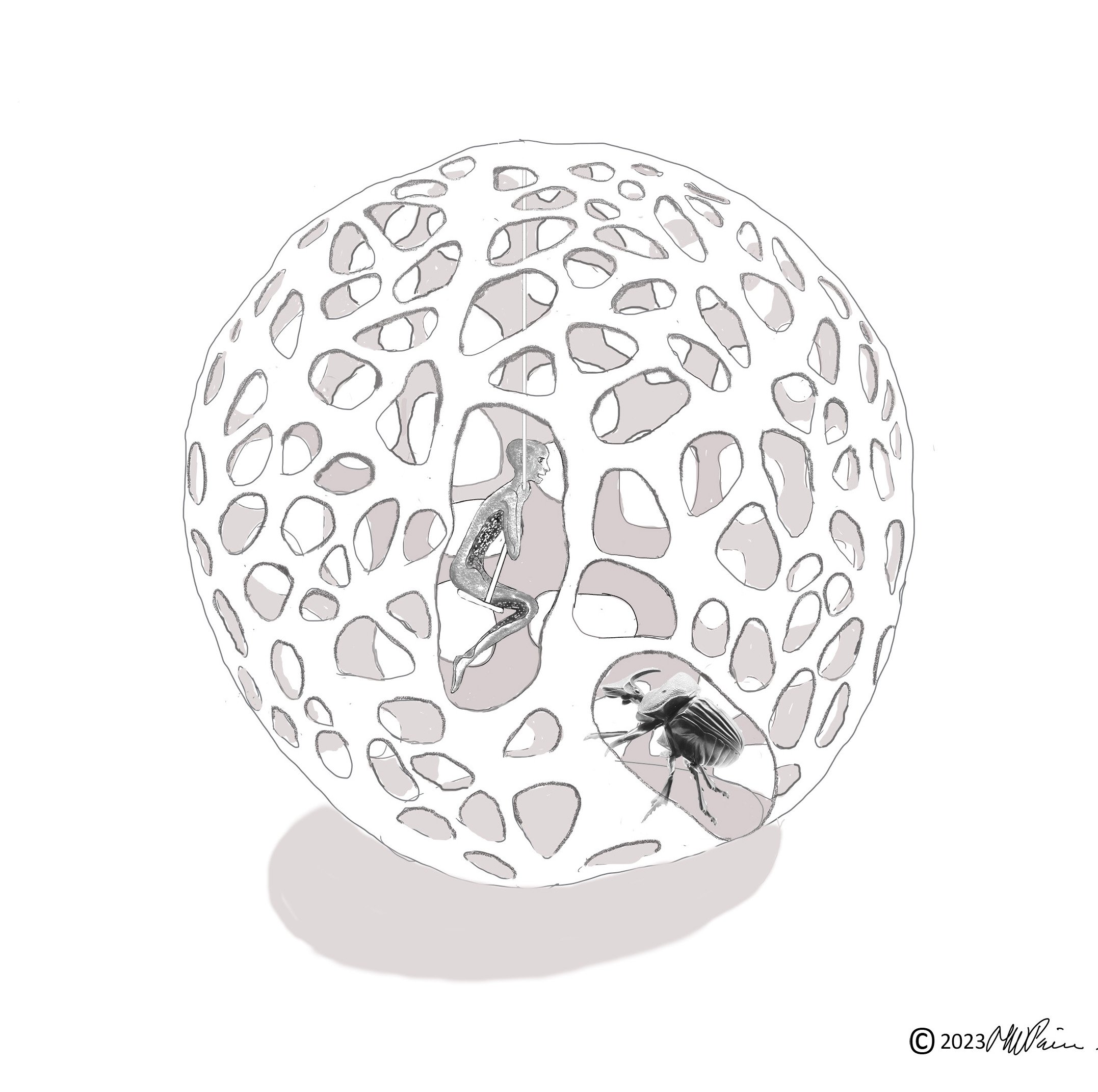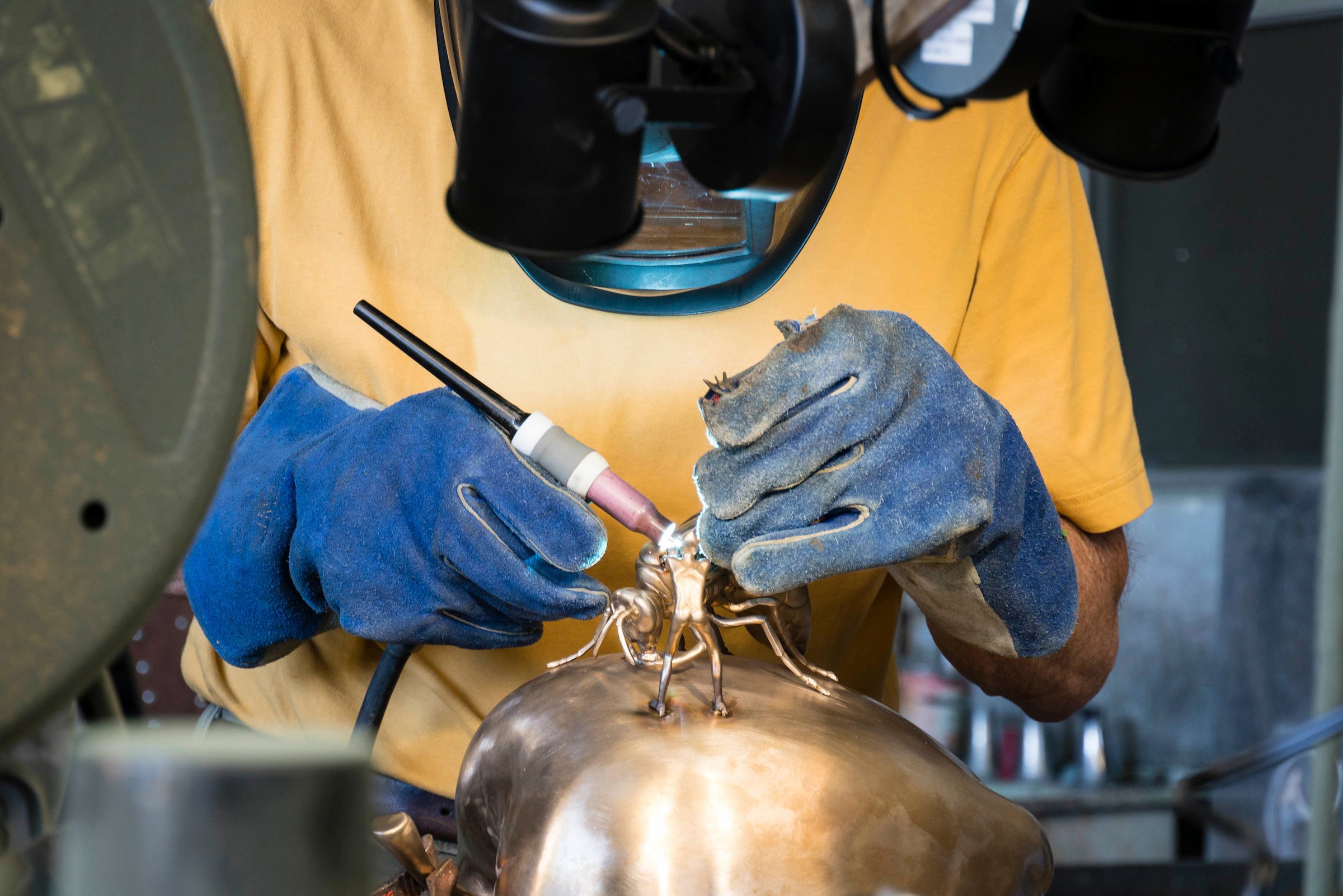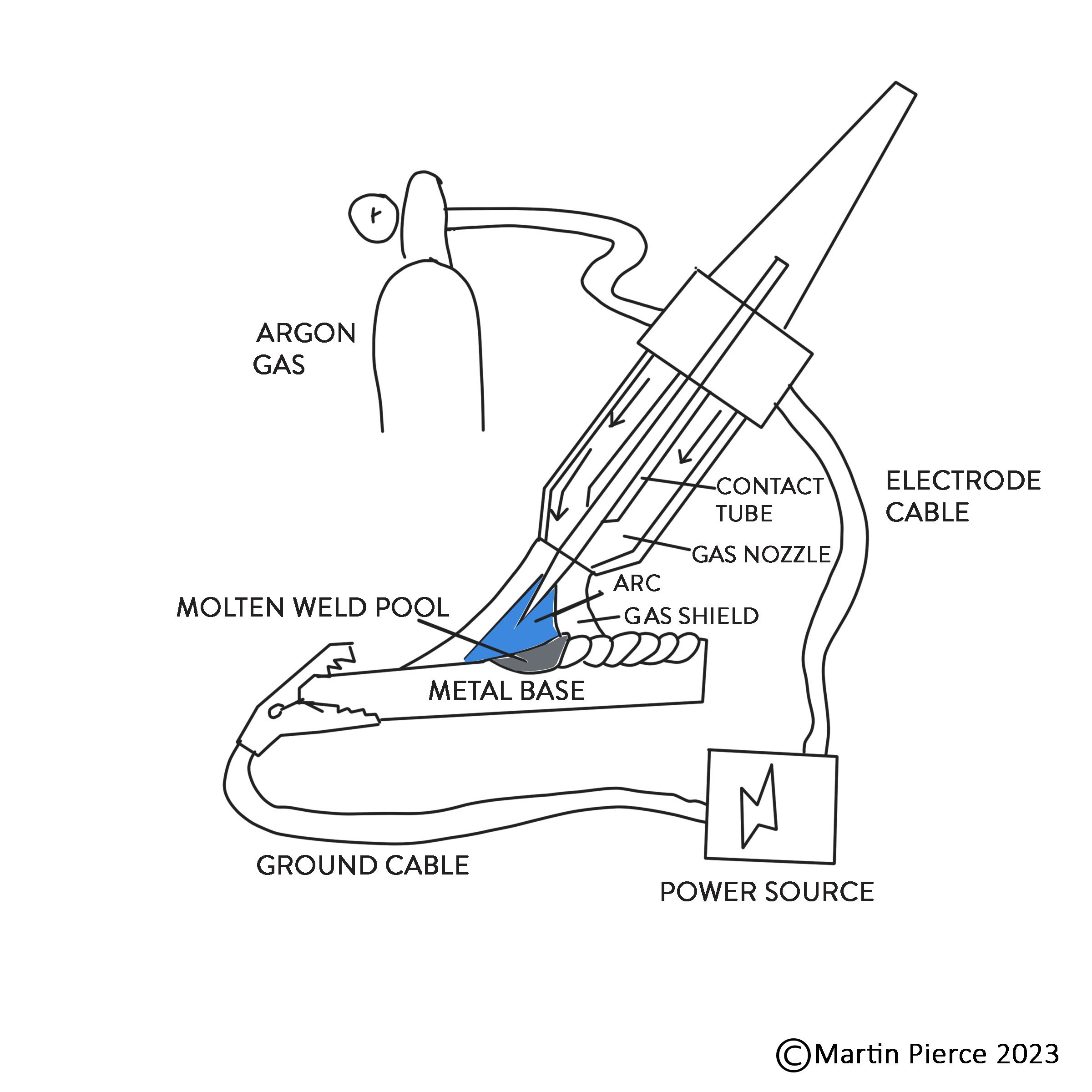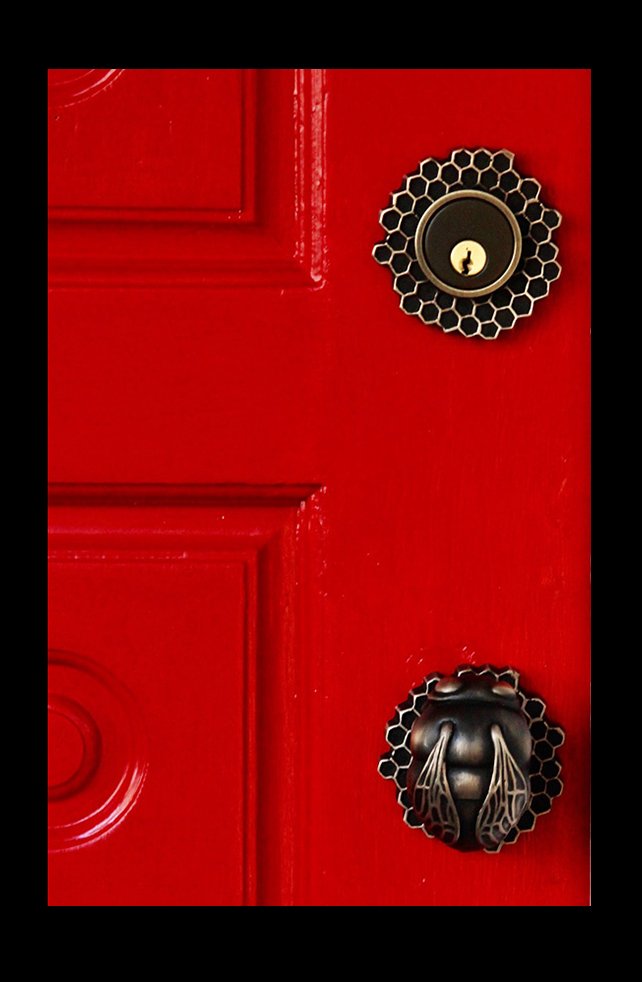HAPPY 4th JULY 2024
From all the creatures of Katydom to all of you, may you have a happy and fun July 4th.
Some of the large insects shown here also participate in the Annual Insect Race that happens in Katydom, a fictional world where humans are small, and insects are large. The rules that govern this annual event ensure that all contestants compete on an equal footing and accordingly all are restricted to ambulatory rather than aerial participation. The Katydids are the custodians of these rules and of other historical matters that are recorded on the wings of the Katydid elders.
The story of Katydom is evolving and we will be providing updates during the year as well as when we celebrate July 4th.
The Stag Beetle below is a major force to be reckoned with in the annual insect race.
The Katydids are custodians but also competitors in the Annual Insect Race













